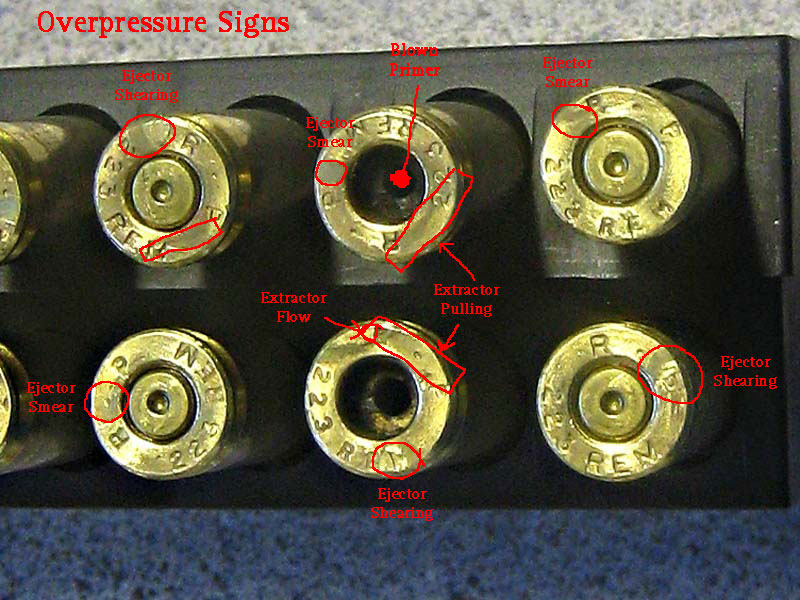My first post here. Been reading and searching for awhile. I am looking to load 100 grain Barnes TTSX and CFE223 into hornady brass. I have these components already and would like to know if anyone has been using this combo.
If someone could please share their info. it would be great.
Thanks
If someone could please share their info. it would be great.
Thanks




Comment